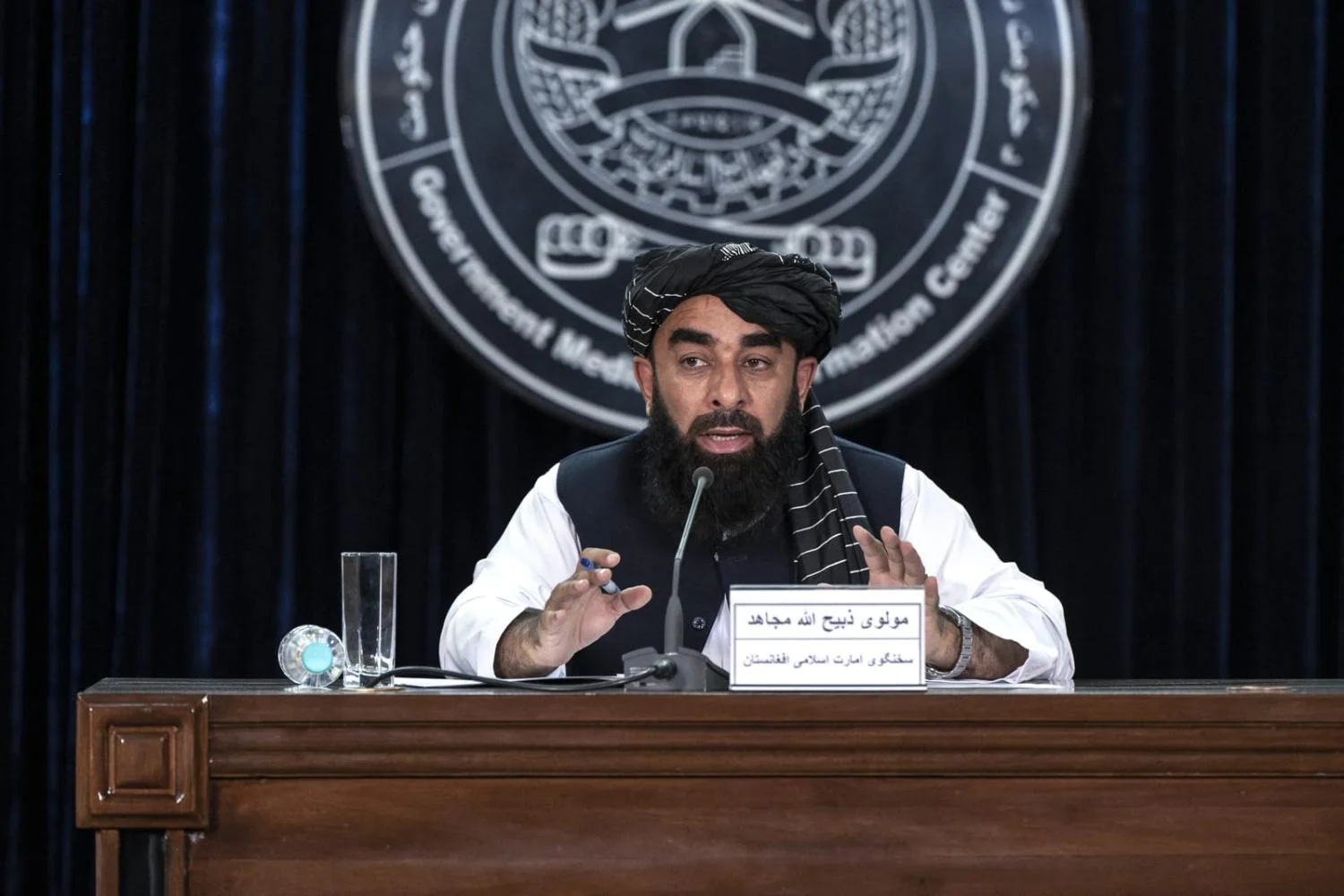New Delhi: Anti-ship ballistic missiles (ASBMs) are being inducted by countries worldwide to their defence arsenals. According to the reports, India is also preparing to introduce an anti-ship ballistic missile, with the Defence Research and Development Organisation (DRDO) set to begin testing this long-range missile soon. After the successful test, the missile will be capable of targeting moving warships at distances of over 1,000 kilometers.
Also See: The Indian Ocean: The Great Game Moves to the Seas
How Crucial Are These Missiles
The Indian Navy is all set to receive this new and powerful missile soon. These missiles are capable of destroying enemy ships from both ship and land.
The testing is set to take place at a time when India is steadily boosting its military power. The Indian military is increasing the number of its ballistic missiles. Both the Indian Army and the Indian Air Force have placed orders for a ballistic missile called ‘Pralay.’
Notable, there has been an extensive use of ballistic missiles in wars in recent times. On several occasions, even non-governmental groups have been seen firing hundreds of ballistic missiles at enemy targets in a single night.
China is equipped with a vast rocket force and long-range weapons. Keeping all these factors in mind, the Indian Army is strengthening itself to handle all challenges effectively.
Key Features of Anti-ship Missiles:
- An anti-ship ballistic missile is a sophisticated weapon
- These missiles are designed to target ships floating in the sea.
- This missile follows a ballistic trajectory, meaning it flies in a high arc and then descends onto its target.
- It can be launched from a platform deployed on land or at sea.
- After launch, the missile flies on a ballistic path, during which it can even exit the Earth’s atmosphere.
- When the missile reaches near its target, it either strikes directly or detonates. The energy generated by the explosion is powerful enough to inflict serious damage on any ship.
This news is sourced from India and is intended for informational purposes only.

![India to test anti-ship ballistic missile, adding long-range capability to target moving warships over 1,000 km. [Image via Hey Colleagues]](https://southasiatimes.org/wp-content/uploads/2024/11/1731298182603_Untitleddesign.webp)




